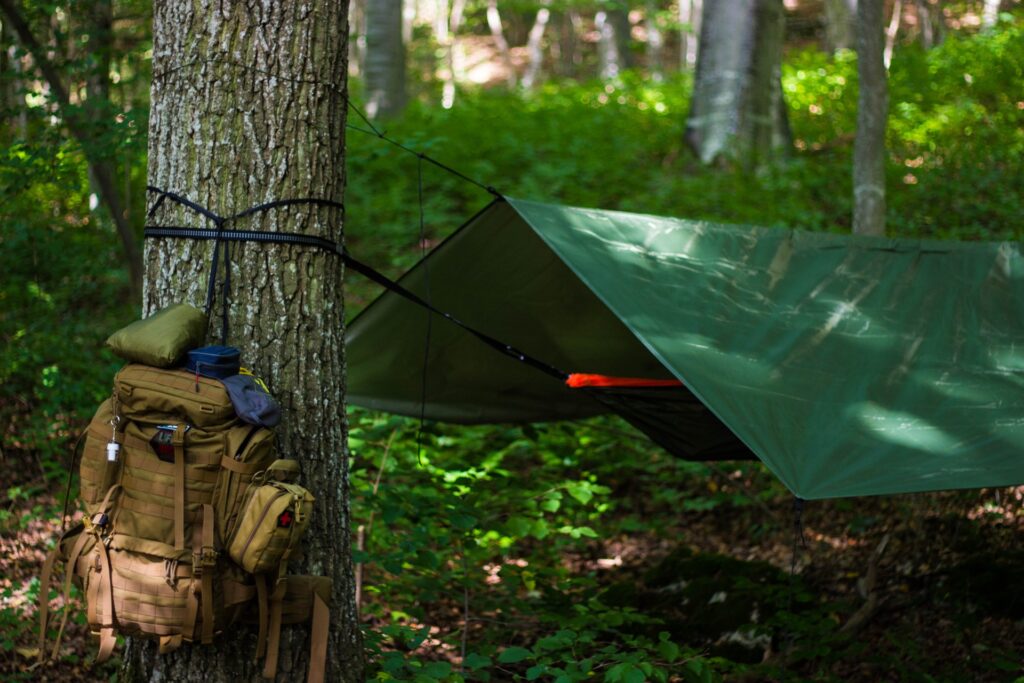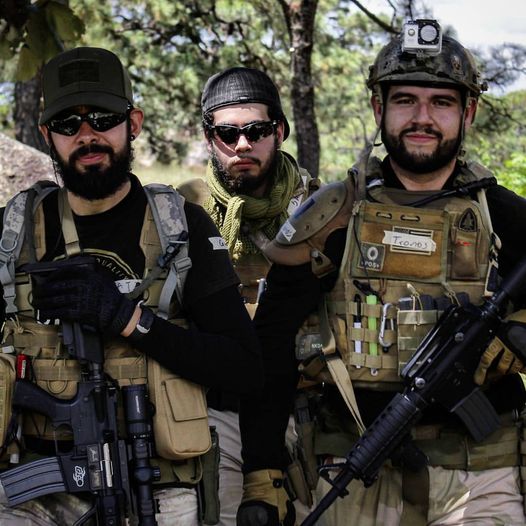Welcome back warriors, in today’s video we are going to review how to manage checkpoints and conduct vehicle searches. When I found this video it was apparent to me that this should be our next topic of discussion. So after watching it this is what I found.
So we see a vehicle come through the Entry Control Point (ECP) of a checkpoint. The first person to make contact with the driver seemed professional enough, except for the way he has his rifle slung. The inexperienced or the person new to working in this environment might not see this as a problem, but luckily I’m here to explain to you why it is. When you work or stationed at a checkpoint you want to make sure you’re not a soft target. You want to be a hard target. Right? So let us talk about what hard and soft targets are for a second. Soft targets are easy targets for bad guys. Low to no security. So with that, a hard target would be the opposite. Well guarded by professionals, and not someplace easily accessible by unauthorized personnel. OK, so it should be safe to say we want to make a checkpoint and the ECP hard targets. With that let’s get back to the way this guy has his rifle slung. One, it’s way to low for him to move quickly effectively. My friend told me a story about how an individual had his rifle slung similar to the person in the video. He ended up with his face in the dirt after trying to run. It’s hard to be effective when your face is in the dirt. Agreed? Two, If the need comes where he has to use his rifle, well it’s going to take him some very precious time to shoulder the rifle and be useful in a fight.
Now we come to the next area of the checkpoint where they will conduct a vehicle search Unfortunately, we can not see how they conduct the search of the vehicle. But luckily for you readers, I can give you a few pointers and tips. In the video you can hear the officer give the command to have the driver open all his doors, which is a good thing but not enough. You as the inspector want to have the driver open everything that you’re inspecting Examples, Doors, Hood, Trunk, Gas cap door, console, glove box. You guys get the point. Just remember you as the inspector shouldn’t have to open anything. Now in case you are wondering why this is, it’s for your safety. To protect you from I.E.Ds and things of that nature. It’s also a good idea to have a code. Away you can alert your team that they need to detain that driver as soon as possible. I and my team would use our hats for this. If we were to find something the inspector would take his hat off and set it on the vehicle. I’m not saying use that it just an example, but feel free to take that and put it in your tactical toolbox. As long as you have a way to communicate silently with your team then your good.

Speaking of team, and this has to be the worse part of the video for me. But who noticed that officer just sitting down as soon as the inspector started looking. I hope that wasn’t that guy’s backup, although I’m pretty sure it was. So let’s go back to hard targets and soft targets. Up until I saw that guy sitting down I thought they were trying to at least look like a hard target. Then I saw that! It went from the appearance of a hard target to looking very soft and squishy. All that officer had to do is stand up and maintain some professional bearing. Remember if you at least appear to look like a hard target then your chances of being tested drop significantly. Just remember when you are out on post like that, it is part of your job to maintain a professional environment. An armed sentry is a strong deterrent but only if he plays the part. Same with everybody else there.
So that wraps up today’s blog. If you would like me to go more in-depth about vehicle searches, let me know in the comments. Also, feel free to leave your opinions and questions in the comments as well. And as always stay safe out there.




